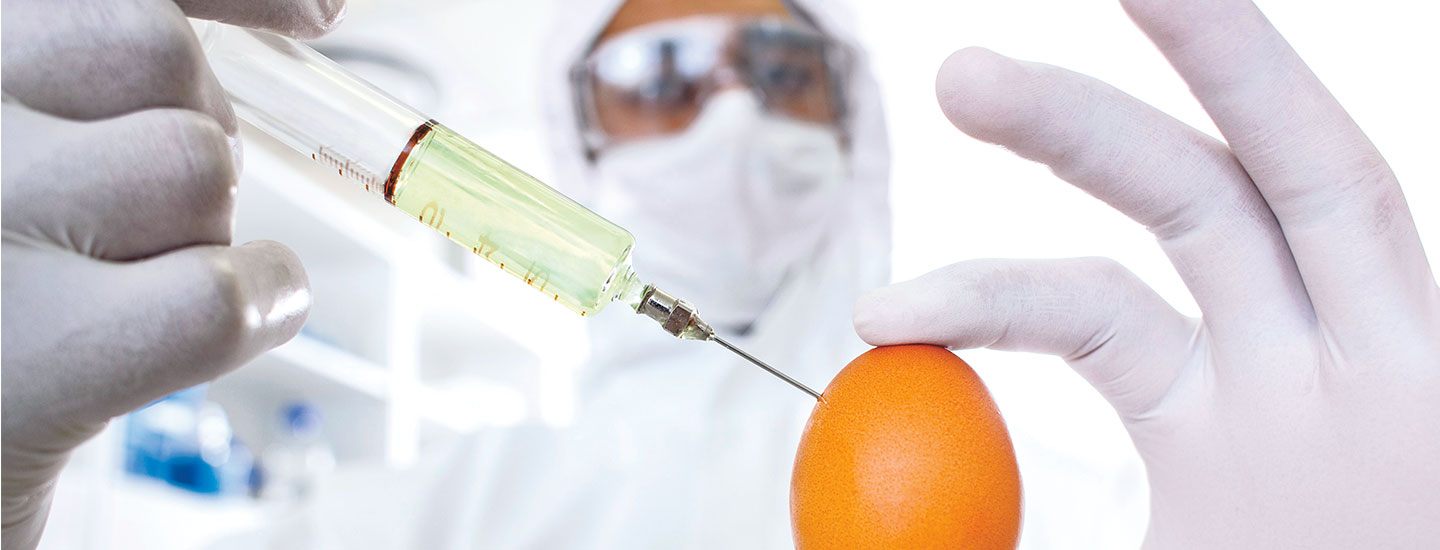Each February, an elite group of scientists from around the globe gathers at the World Health Organization’s headquarters in Geneva, Switzerland. Over the course of three days, the researchers pore over notebooks overflowing with case reports from more than 140 countries. Their job is to track the spread of a disease that kills hundreds of thousands of people worldwide every year. The group’s goal? To prevent the next big influenza outbreak.
Last fall and winter was one of the worst flu seasons in a decade. As many as 36 million people in the U.S. came down with a fever, body aches, a cough, a runny nose, or other symptoms associated with the illness. More than 80,000 of them died.
A group of top scientists from around the world meets each February. The researchers gather at the World Health Organization’s headquarters in Geneva, Switzerland. For three days, they study notebooks filled with case reports from more than 140 countries. Their job is to track the spread of a deadly disease. It kills hundreds of thousands of people worldwide every year. The group’s goal? To prevent the next big influenza outbreak.
Last fall and winter was one of the worst flu seasons in a decade. As many as 36 million people in the U.S. got the flu. They came down with a fever, body aches, a cough, a runny nose, or other flu symptoms. More than 80,000 people died.

